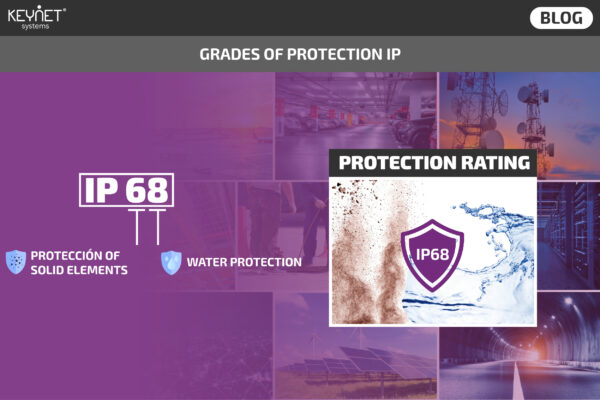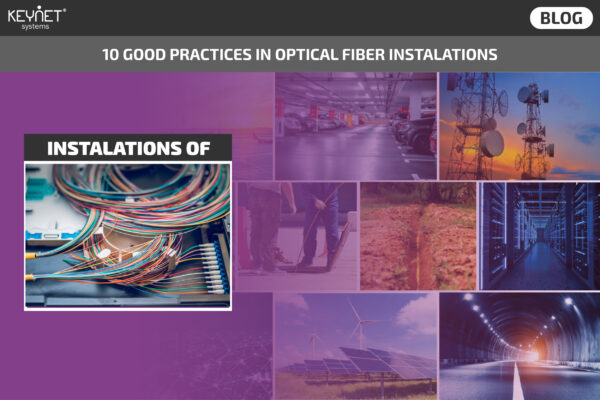Grades of protection IP
The protection rating (IP) The protection rating (IP) of an enclosure is a two-digit code, of which the first digit is associated with protection against the ingress of solids (dust, insects, etc.) and the second digit is associated with protection against the ingress of water or other liquids. There is a reciently created 9K level that considers high-pressure water jets. It does not concern us at the moment. So when we see a requirement for an enclosure we find a two-digit IP, for example IP55. This means that no particles even smaller than 1 mm in size can enter and that no water can enter unless there is 12.5 litres/minute at high pressure, more than 3 minutes, etc. For example, if it rains a normal rain, no water can enter. And normally this is the …





